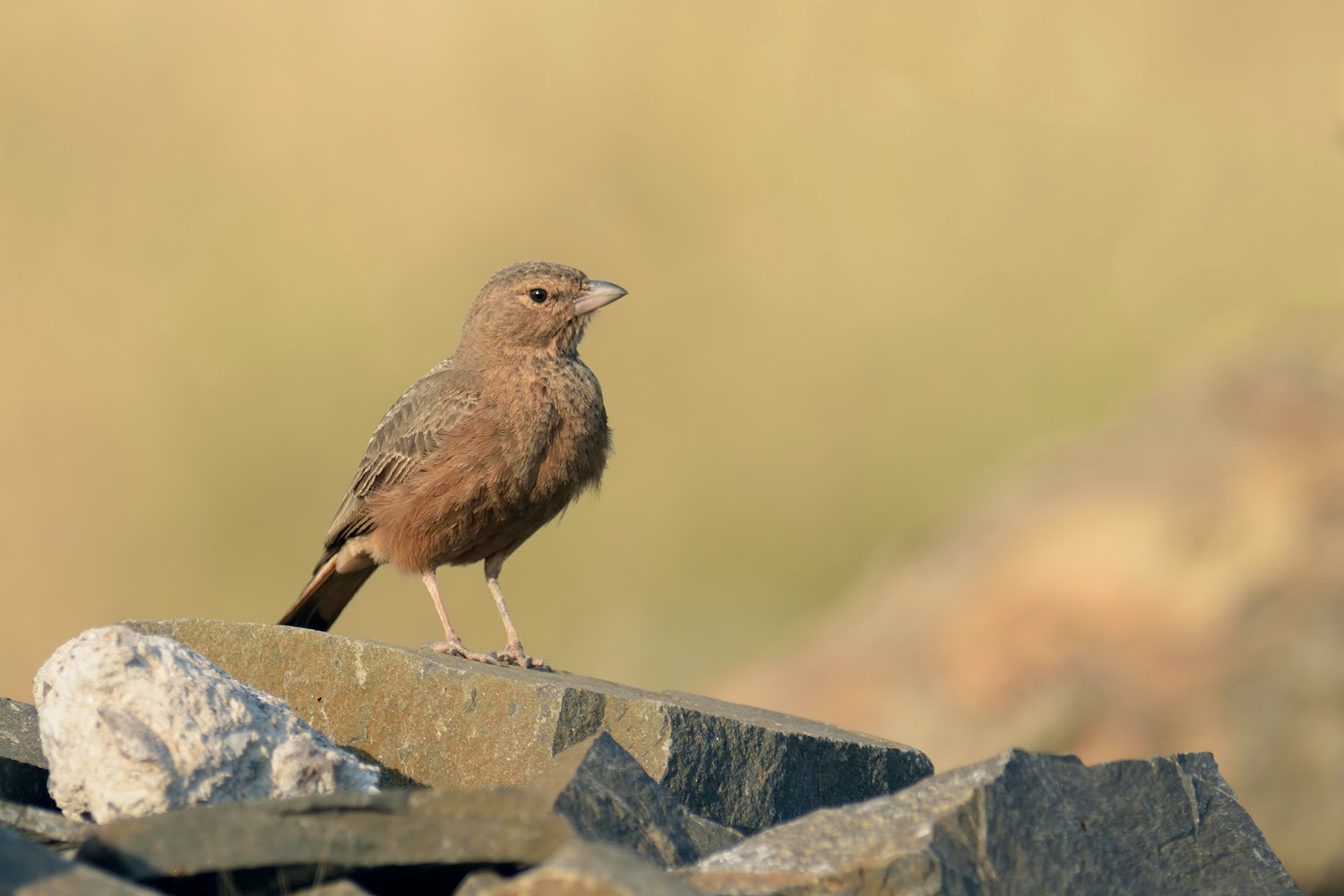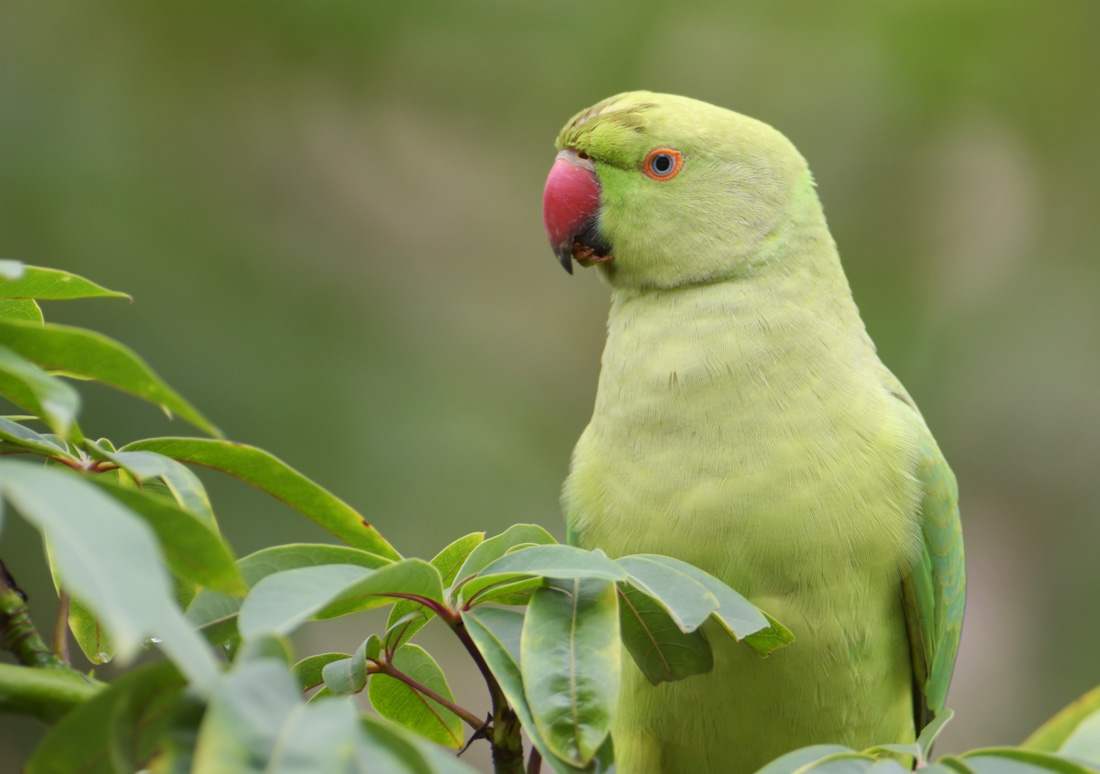After a long gap of time, I could get hold of the year's last weekend of December 2015. Due to Eid & Christmas holidays, I could have non-stop birding plan for weekend which started from 24th December to 27th December.
24th December 2015 - Morning at Uran
First thing came to my mind...Uran. It still holds some hope for waders and waterbirds. Last hope for us to watch any water birds is the Panje village as all other water bodies are disappearing fast. Earlier weekend I had gone to Uran and missed sighting the Indian skimmers. Nikhil Bhopale & Madhav Athavale from Panvel whom I could meet at Uran earlier weekend told about sighting of three skimmers. Years before had seen them at close range at Chambal sanctuary and had photographed them to heart's content, but sighting it at Uran is very special. As I reached the Panje village and searched for birds, could see the three skimmers sitting on a small island in the waterbody at far distance.
Indian Skimmers in group of gulls and terns - Taken at Uran, Mumbai
Indian skimmers are on the verge of extinction as these birds are habitual to extremely specialized habitat of shallow water bodies of fresh water, sandy riverbanks found along Ganga, Yamuna and contributing rivers such as Chambal. These birds fly close to water surface with lower beak skimming through water surface, they catch up tiny fishes and insects at water surface. Pollution in rivers have reduced their numbers drastically as it affects the fishes first and then in turn skimmers.
It is really wonderful to see these rare birds migrating to Mumbai shores and landing at single last standing water body close to sea.
I could not move anywhere else and sat at place close to edges and kept watching these wonderful creatures.
There was not a single birder or photographer there (except me), absolutely silent morning and only birds all around. Slowly the skimmers showed some movements and I anticipated them to skim and have their morning meals. And it happened, they took flight and started their skimming routines.
Indian Skimmers in flight - Taken at Uran, Mumbai
Indian Skimmer - Taken at Uran, Mumbai
I didn't move and they came very close to edge while skimming and could get extreme close-ups in flight. See below:
Indian Skimmer - Taken at Uran, Mumbai
Indian Skimmer - Taken at Uran, Mumbai
After a while all the three skimmers came together, flew around for a minute and left the place, leaving me awestruck with an amazing experience.
An osprey flew overhead with fish in its talons.
While driving back came across Black shouldered kite sitting on thorn tree very close to roadside. No matter how many times one sees this raptor, every time it is a treat to observe its beautiful red eyes.
Among other birds seen were egrests, eurasian spoonbills, eurasian curlews, pied kingfisher, white breasted kingfisher, small blue / common kingfisher, common greenshank, redshank, red wattled lapwings, plain and ashy prinias, shikra, black winged stilts etc. Overall number of birds (quantity) was poor if one compare it with earlier days of Uran, which is obvious as all can not be fed by few remaining water bodies.
24th December 2015- Evening at Bhandup Pumping stationIn evening I reached at Bhandup Pumping station and could see Blue tailed bee eaters (only two individuals on the regular perch, tree near to road), White eared bulbuls feeding on Meeswak tree, Scaly breasted Munia, Baya weaverbird, siberian stonechat, yellow eayed babbler, common coot, spot billed ducks, Eurasian marsh harrier etc. Following are some images made at Bhandup.
White eared bulbul on salvadora (meeswak) plant
Baya weaver bird
Baya weaver bird
Scaly breasted Munia - Juvenile
Baya Weaverbird
Baya Weaverbird
Siberian Stonechat at Sunset - Taken at Bhandup pumping station, Mumbai
Siberian Stonechat at Sunset - Taken at Bhandup pumping station, Mumbai
Sunset colors - Taken at Bhandup pumping station, Mumbai
25th December- Morning - karjatI joined my good friend Alok Bhave to have morning bird watching session at resort (Vanvihar resorts) near ambivili, karjat. Sightings around the resort included Black rumped flameback, Yellow crowned woodpecker (mahratta woodpecker), Asian paradise flycatcher, Black naped blue monarch flycatcher, sulphur bellied warbler, black hooded oriole (juv.), Crimson sunbirds, Ashy drongo etc. Crimson sunbirds gave good opportunity to photograph them.
Crimson Sunbird - female - Taken at Karjat
Crimson Sunbird - male - Taken at Karjat
Water Lily - Taken at Karjat
Water Lily - Taken at Karjat
26th December 2015 - Veer dam near Pune - Saswad - Dive ghat
I reached pune on 25th evening and early morning headed towards the Veer dam. Bar headed geese are sighted in large numbers around veer dam area regularly. There are few villages around dam area and behind those villages there is vast catchment area / back water formed by the dam. The plains are covered with grasses and makes a suitable habitat for geese.
Around the villages, could sight few common birds, such as common tailorbird, brahminey myna, indian silverbills, pied bushchat etc.
Tailorbird - Near Pune
Indian Silverbill - Near Pune
When reached to backwaters, a small group of around 70 number of bar headed geese was sighted. I moved slowly closer to them to click some photographs. A small flock arrived at the site and could manage to grab few shots of them while flying and landing.
These bulky birds are on the contrary known as highest altitude flyers as they cross heights equal to Mount Everest while migrating towards Indian plains.
Bar Headed Geese - At Kavdi Near Pune
Among others sighted included Temnik's stint, Little ringed plover, common kestrel, ruddy shelducks, spot billed ducks etc. An Amur falcon was cherry on top. We were very lucky to see this passage migratory bird, which travels 22000 kms, from eastern parts of Russia, Mangolia towards southernmost tip of Africa. While journey it passes through central region of India. To know more about migration of Amur falcons and their conservation, please visit following links:
http://www.conservationindia.org/articles/tracking-the-incredible-journey-of-the-amur-falcon
https://www.youtube.com/watch?v=oTgYL2vbKa8
The sighting of the Amur at the end of December in India was surprising as by this time most of the birds might have reached their wintering grounds in Africa. The bird at Veer dam looked tired, however it was continuously feeding on insects and was easily approachable. We didn't move from small dusty road and the falcon slowly came towards us as it flew from place to place looking out for food. Keeping sufficient distance and lying low few good photographs were obtained.
Amur Falcon - Kavdi, Near Pune
After watching Amur for half an hour we decided to move towards Saswad road and Dive Ghat so as to capture raptors as it was noon time when thermals help them to rise up and scan the larger area for prey. We got very good sighting of steppe eagles at Dive ghat.
Steppe Eagle (Adult)
Steppe Eagle (Adult)
Steppe Eagle (Adult)
Steppe Eagle (Adult)
Steppe Eagle (Adult)
Steppe Eagle (Juvenile)
27th & 28th December 2015
I decided to spend the early morning at Sinhgad Valley on Sunday. The place has become very much famous for bird photography especially the flycatchers. The birds come to drink water and take a dip into a small natural water stream which remains alive till February (?).
Last time I visited Sinhgad valley was in March 2007, approximately 8 years before..many things changed in valley. There are now paid car parking lots, huge number of trekkers and photographers visiting the valley. I tried to find my place among the big gathering of photographers.
Among the sightings were White rumped minuas, asian paradise flycather, olive backed pipit, grey wagtail, ashy drongo, verditer and red breasted flycather, common rosefinch, plum headed parakeets, scaly breasted munias, chestnut shouldered petronias, ashy and plain prinias, oriental white eye etc.
I also visited the valley next day in hope to find less crowd, but it was still flooded with photographers. I guess photographers were outnumbering the birds, well in one sense it can be good sign that people are so eager to see and photograph birds, but in reality many groups were seen putting unnecessary perches, removing regular perches, doing things which obviously disturb the bird movements. :( :(
Following are few images made during the visit.
Red Breasted Flycatcher- Sinhgad Valley, Near Pune
Asian Paradise Flycatcher - Sinhgad Valley, Near Pune
Asian Paradise flycatcher - Sinhgad Valley, Near Pune
Ashy Drongo - Sinhgad Valley, Near Pune
Verditer flycatcher - Sinhgad Valley, Near Pune
Red Breasted Flycatcher - Sinhgad Valley, Near Pune
Asian Paradise flycatcher - Sinhgad Valley, Near Pune
Tickell's Blue Flycatcher - Sinhgad Valley, Near Pune.
Your comments and critic is most welcome.!!
-------------------------------------------------------------------------------------------------------------------------------------------------------------------------
Equipments used: Nikon D750 DSLR, NIkon 300 f2.8 VR-II lens + 1.7 x TC
-------------------------------------------------------------------------------------------------------------------------------------------------------------------------
| श्री कृष्णार्पणमस्तु |












































































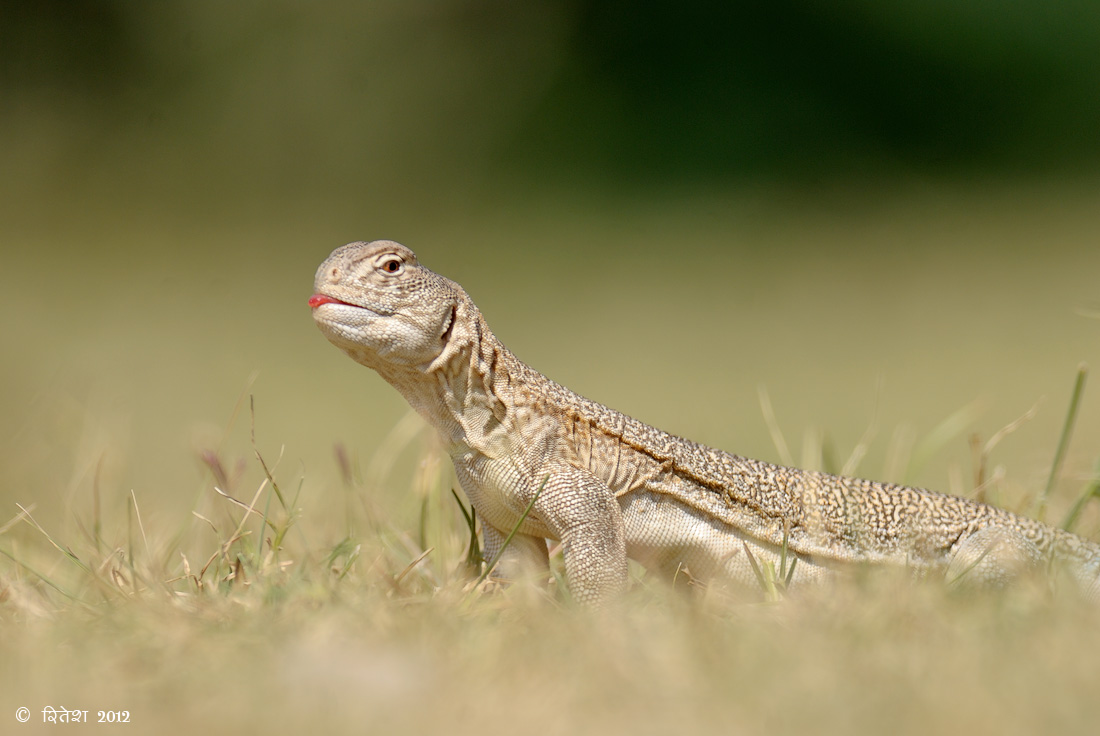









































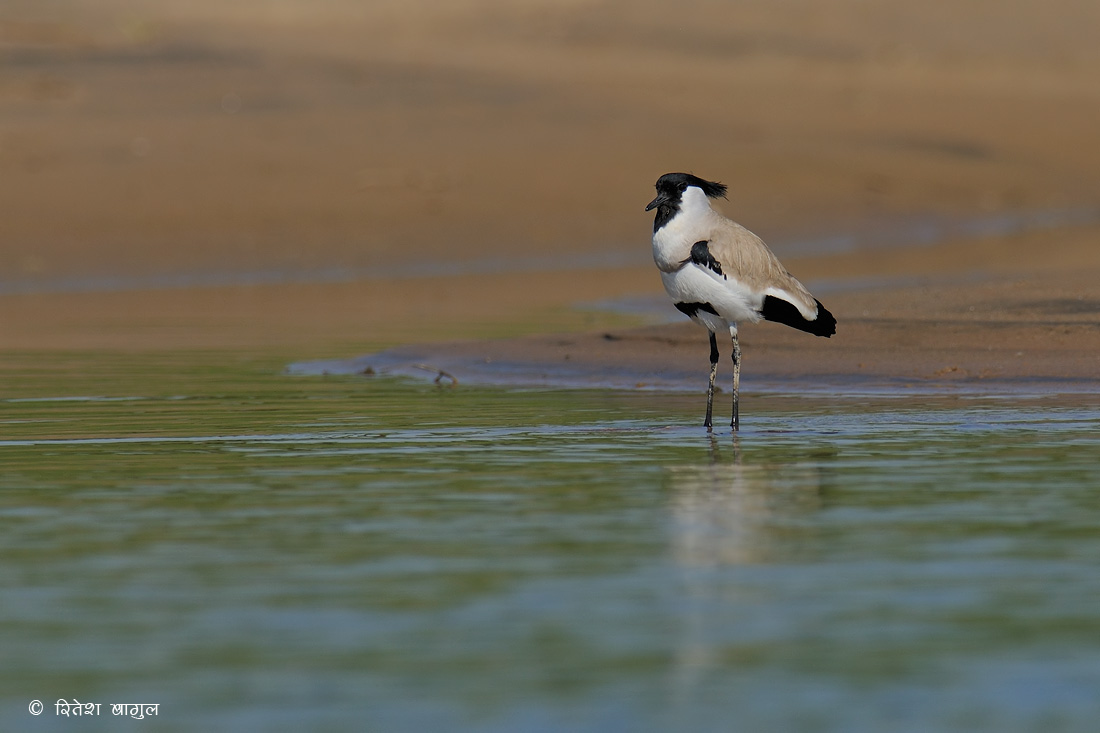
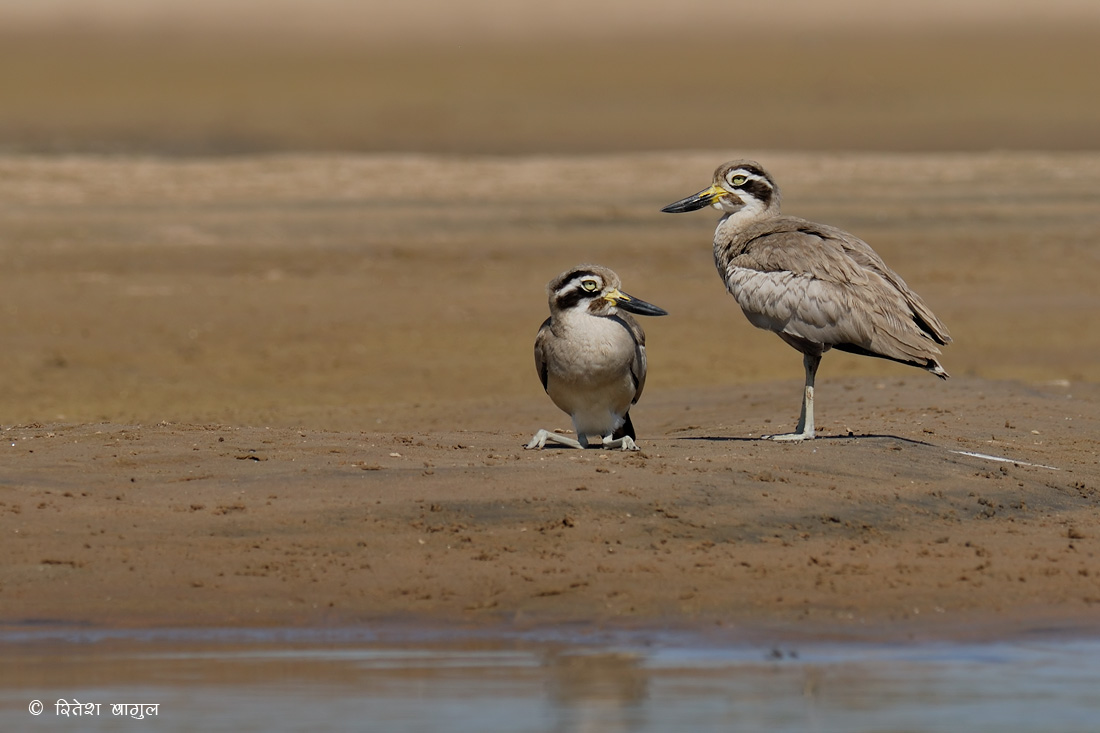




































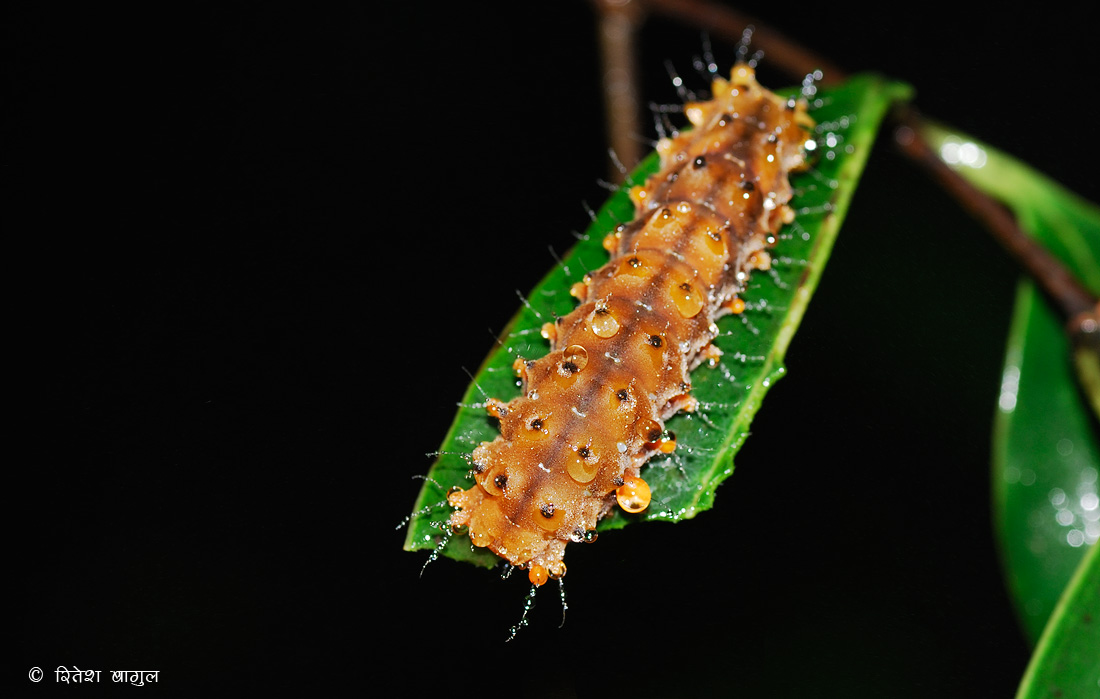



































 Bamboo pit viper
Bamboo pit viper

























































































